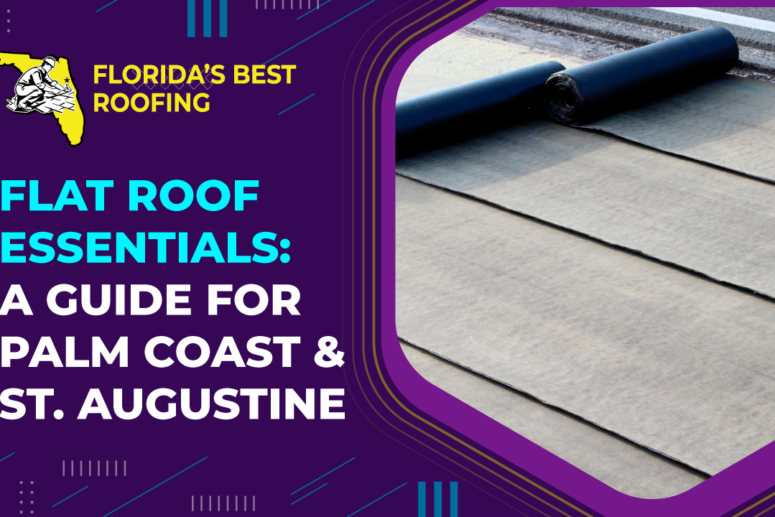Ever wondered what lies beneath the surface of your roof? While asphalt shingles may be the most visible element, there’s a complex system of layers working together to support, insulate, and protect your home. Understanding these layers can provide valuable insights into your roof’s functionality, potential issues, and maintenance needs.
Let’s delve into the layers that compose a typical roof, starting from the bottom and working our way up.
- The Frame: At the core of every roof is its frame, which provides structural support and defines its shape. Modern frames are typically constructed using wooden trusses or beams, tailored to the specific design of the building. It’s crucial to consider the roofing material when designing the frame, as certain materials may require additional reinforcement to support their weight effectively.
- Insulation: Insulation plays a vital role in regulating temperature and energy efficiency within your home. Installed between the rafters or on the attic floor, insulation helps minimize heat loss and reduce energy costs.
- The Roof Deck: Positioned atop the frame, the roof deck consists of plywood or engineered wood boards, forming the surface on which the roofing materials are installed. Strategic openings are made in the deck to accommodate roofing vents.
- Water Shield: A waterproof membrane is applied to key areas of the roof to prevent moisture buildup and protect against water damage. This peel-and-stick membrane is particularly crucial in regions prone to ice or snow accumulation.
- Underlayment: Directly beneath the roof covering lies the underlayment, which serves as an additional barrier against water infiltration. There are various types of underlayment available, each offering different levels of water resistance and durability.
- Asphalt-Saturated Felt: Traditionally used as underlayment, asphalt-saturated felt is water-resistant and secured to the roof deck with nails. It consists of a base material soaked in asphalt for added protection.
- Synthetic Underlayment: Increasingly popular among contractors, synthetic underlayment offers enhanced durability and tear resistance. Composed of synthetic materials coated in asphalt, it provides reliable water resistance when nailed to the roof deck.
- Rubberized Asphalt: Considered the premium option, rubberized asphalt underlayment boasts superior strength and waterproofing properties. Featuring a self-adhesive backing, it forms a watertight seal without the need for nails, reducing the risk of leaks.
Once the underlayment is in place, the roof covering, such as shingles or other materials, is installed to complete the roofing system.
For any inquiries about roof underlayment or professional roofing services in the Palm Coast, Flagler, or Volusia areas, contact Florida’s Best Roofing, Inc. at 386-263-7906. Our team is ready to provide expert guidance and assistance for all your roofing needs.



